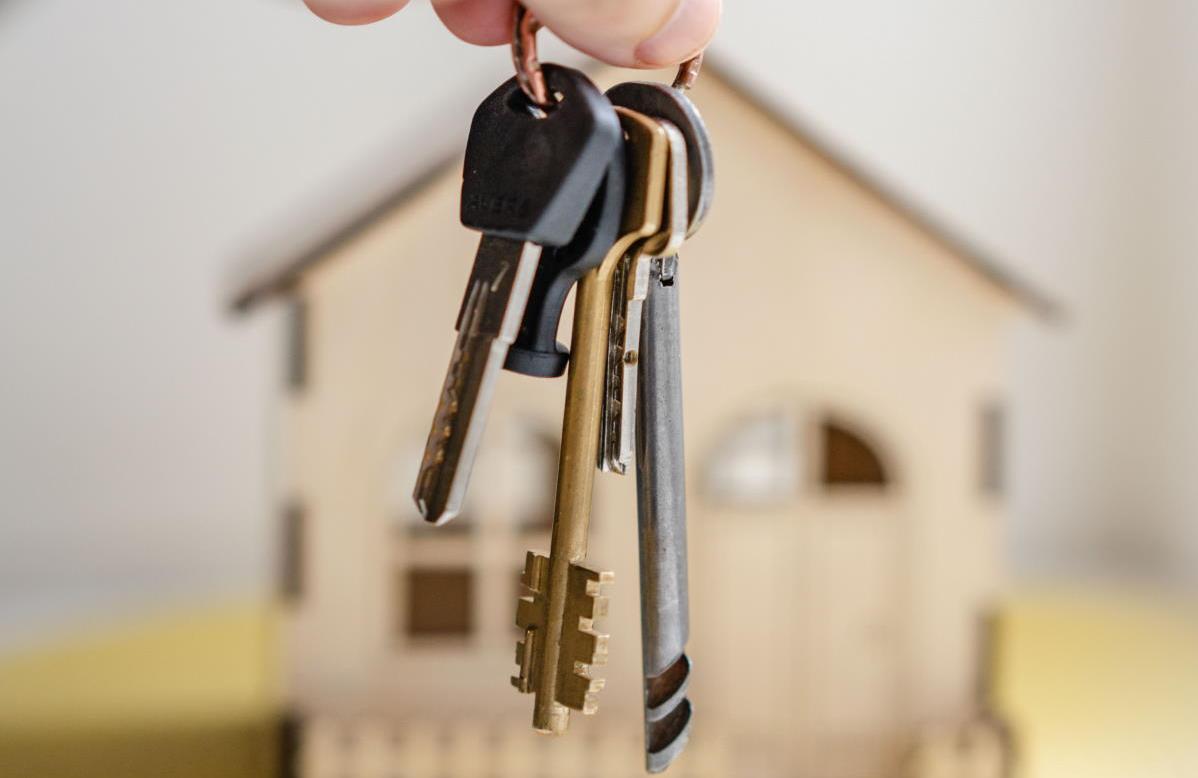In a partial sale, the owner only sells part of the property – usually between 10 and 50 percent.
In return, he receives a one-off payment for the value of the part sold and a right of residence entered in the land register. The right of residence can be lifelong or fixed for a certain period of time.
The previous owner remains the sole user of the property, but then has to pay a user fee for the part sold. The usage fee corresponds to the rental price for the property. For example, if the owner sells 50 percent of his property and the rent for the property would be 1,000 euros on the open market, a usage fee of 500 euros would be due per month.
The model provides real estate owners with short-term liquidity, but it also involves significant risks:
- The previous owner can continue to use the entire property and pays a kind of rent to the partial buyer monthly with the usage fee - but the regulations of the tenancy law do not apply.
- The owner who has sold part of his property usually remains responsible for repairs and maintenance.
- A possible later complete sale runs through the partial buyer. For this purpose, the part-buyer has a notarized power of attorney issued, which also applies after the death of the previous owner. In addition, many partial buyers charge an implementation fee for the final sale of the entire property. It is usually 6.5 percent of the total sales price and is borne by the previous owner or his heirs.
- As a rule, the partial buyers protect themselves with a value protection clause. Behind this clause is a certain percentage of the partial purchase amount - the partial buyer secures this percentage with the clause in the event of a possible later sale of the entire property. So if the property is sold, the partial buyer always receives at least his purchase price at the time plus X percent. As a result, the previous owner always bears the risk of negative or stagnating value development of the property. For example, if the previous owner has sold 50 percent of his property, if the value of the property remains stable, he no longer gets 50 percent if the entire property is sold, but only 50 percent minus x percent. If the property value has fallen when the entire property is sold, the proceeds from the previous owner will also fall.
- The partial buyers are usually not private individuals, but investors. The law does not regulate what happens if the investor goes bankrupt.
After the partial sale, the previous owner may continue to use the entire property - he was granted a right of residence for this and he pays a usage fee for the portion sold. As a rule, the previous owner must continue to bear all running costs and take care of maintenance measures or renovations. If the previous owner no longer wants to live in the property, he can sell the entire property or rent it out. In the case of rental, however, the previous owner must continue to bear the costs and also continue to pay the usage fee.
If the agreed period of the right of residence expires, new conditions are negotiated. Buying back real estate shares is also possible. If the owner dies during the term of the right of residence, his heirs have the choice of buying back a portion of the property or selling the property in its entirety.
The alternative is selling the house or the apartment that is too big: If you can imagine moving into a smaller apartment when you get older, you should alternatively consider selling your house or apartment that has become too large. Since this usually brings in more than a small apartment for the elderly, there should be a large amount of money left over that can be used for subsistence.
Please note that these are explanations and not legal advice. We expressly point out that the information provided cannot replace individual legal advice that takes into account the special features of the individual case.
Source: Immowelt

